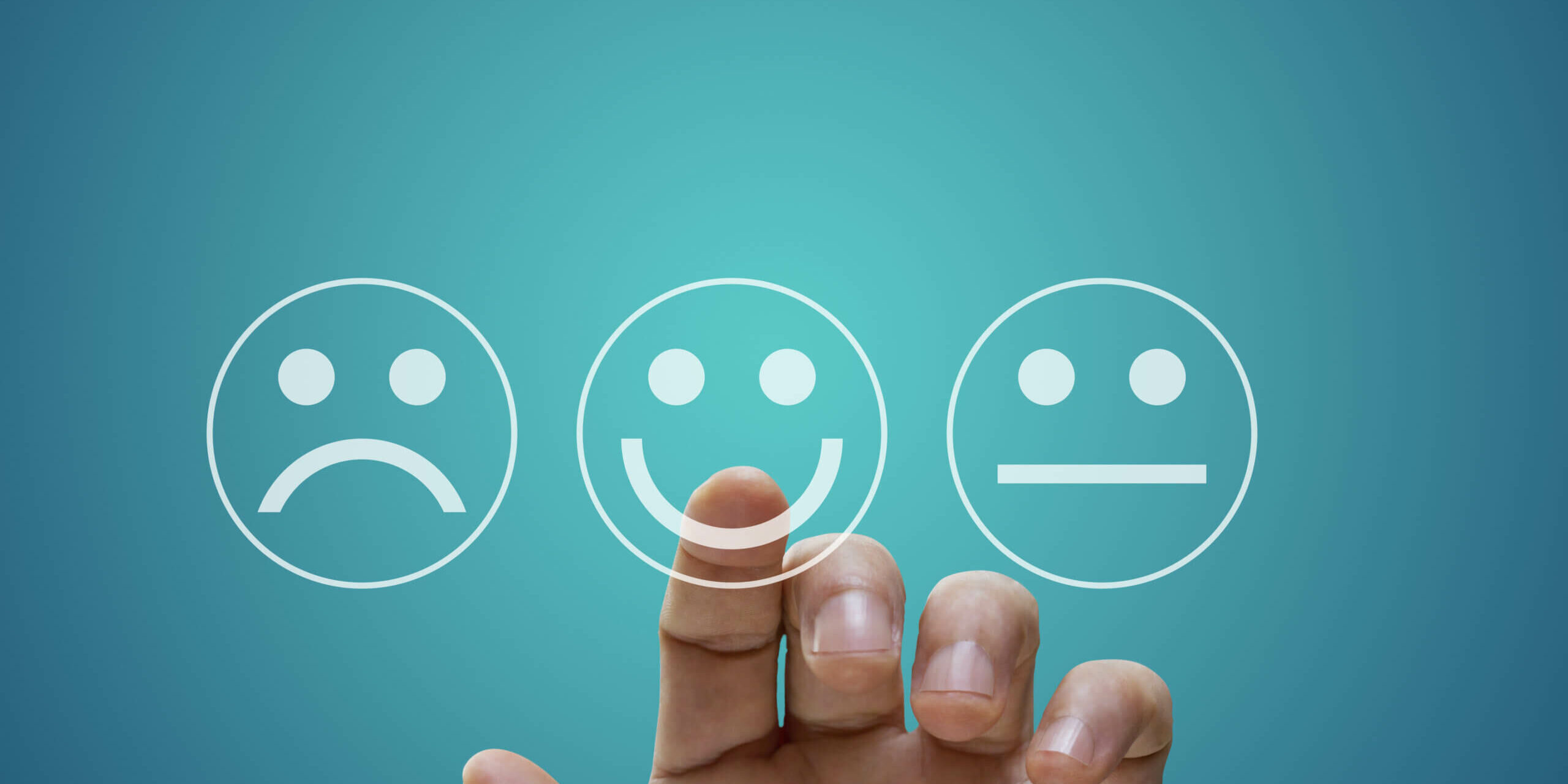The Sebo Marketing team members have are experts at building and designing websites for high rankings. We have done tests, studied sites, and read tons of books and articles. As a result, we came up with some standards that need to be present for a site to do well. Some designs gave search engine spiders problems. Others did not. But first, here is some basic information as an overview.
Website Design Tips – The GOAL
Website design is all about making the site easy for search engine spiders and humans to navigate. You CANNOT optimize for one search engine…you need to optimize for all the major search engines.
Your website pages need to:
- be easy for the spiders to access the information on the page
- quickly find the targeted keyword phrases on your site
How Do Search Engines Find My Site?
And What Do Search Engines Do Once They Find My Site?
- They have to find a link to your website
- Request the URL from your server
- Record a list of words and phrases on that URL
- Determine the weight or relevancy of each phrases “weight” on that particular URL. This process or “weight” is different for each search engine and makes up the search engines algorithm.
- The results or relevancy gets indexed
Can’t you just submit your site to each search engine?
At one point, yes. But unfortunately, studies shows that as much as 95% of the submissions to the search engines are considered spam. It is better to have the spider find the page through normal processes. Get listed somewhere, let the spider follow the link, and then make it easy for the spider to make it through the site.
Website Design Tips: What are Spiders Looking For?
Here are some components that are known to be ESSENTIAL TO ALL search engines:
Text Component: The use of key words in strategic HTML tags and in the right places on the pages. It’s all about having the RIGHT keyword, in the RIGHT place, in the RIGHT frequency.
Link Component: This is not links from other sites. This is the way the internal pages on your website are linked together. Poor HTML coding can cause the spiders to get “stuck”. It is helpful to have two forms of navigation on a website: one that pleases target audience and one that please the Spiders. In other words, if we use JavaScript for the end user, we need to ALSO HAVE a “spider-friendly” navigation scheme
Popularity Component: This has two parts – 1) link popularity and 2) click-through rates
1. Link Popularity – the quality of the sites linking to your sites is much more important than the quantity of sites linking to you
2. Click-through – Major search engines are measuring your click-through rates in their search results, and how long the user is staying on your web site.
Time Component: The longer your site has been live and known to the search engines, the better.
Size Component: Search engines like content. The more unique content they can find on your site, the better. Adding more pages over time in a strategic manner really helps.
We hope these website design tips have been helpful. If you have further questions, don’t hesitate to contact us for a free consultation!






